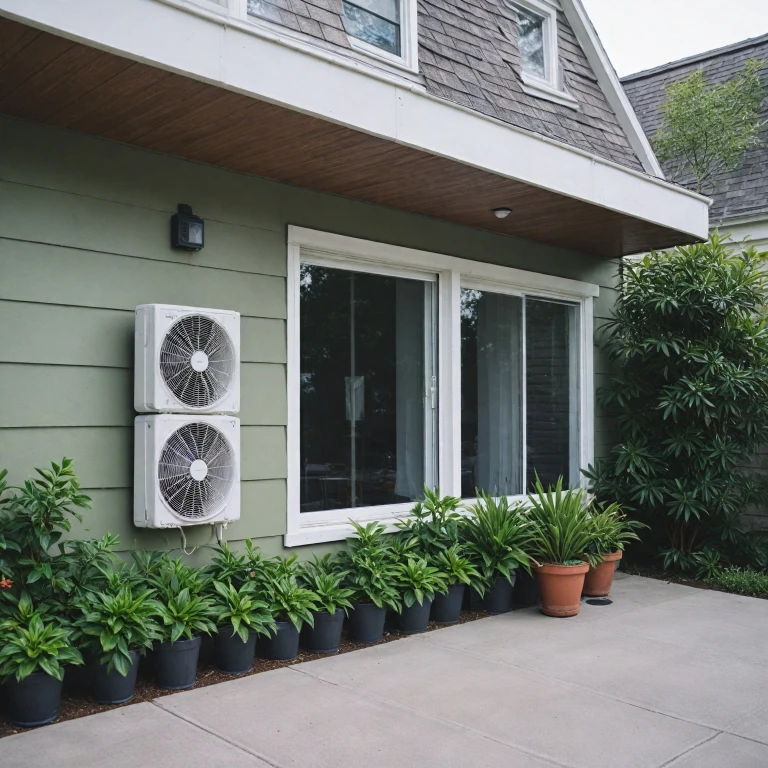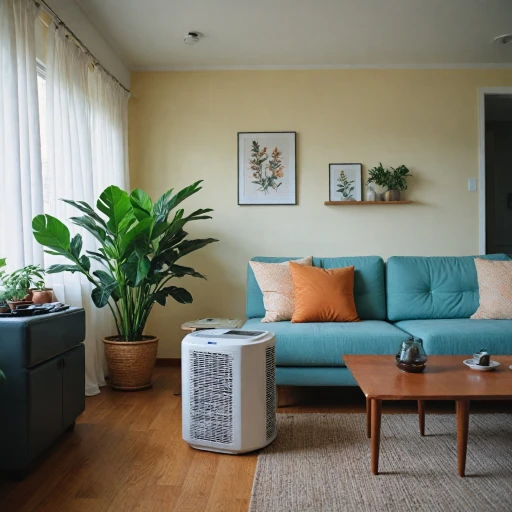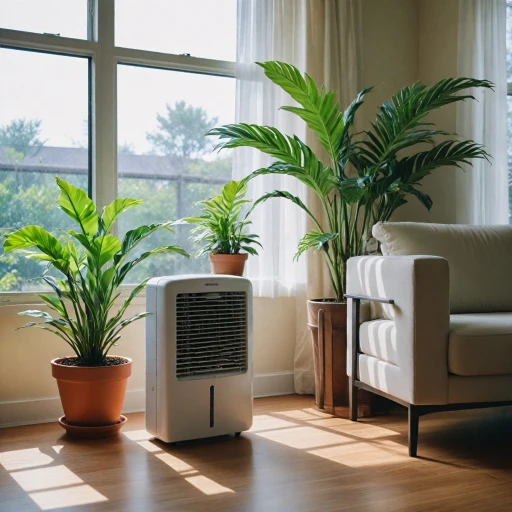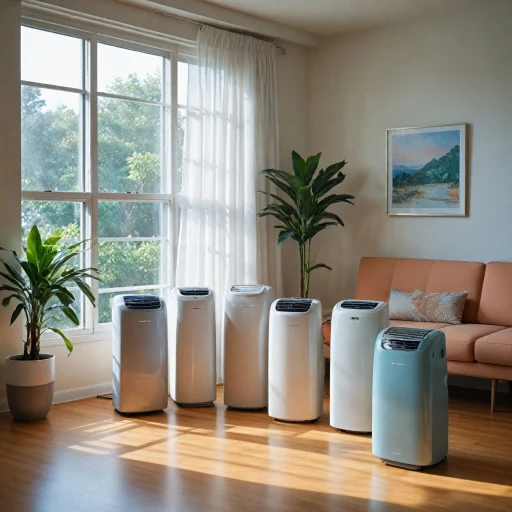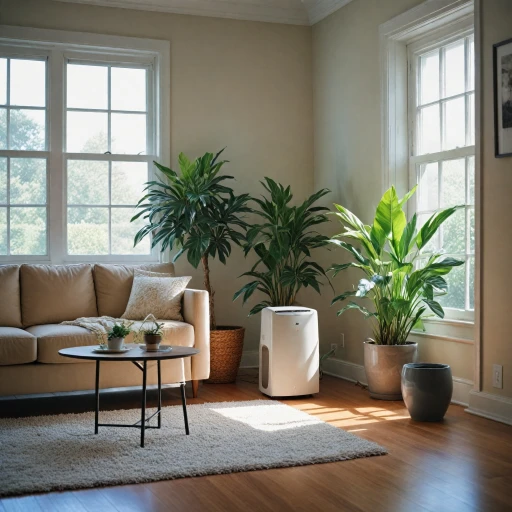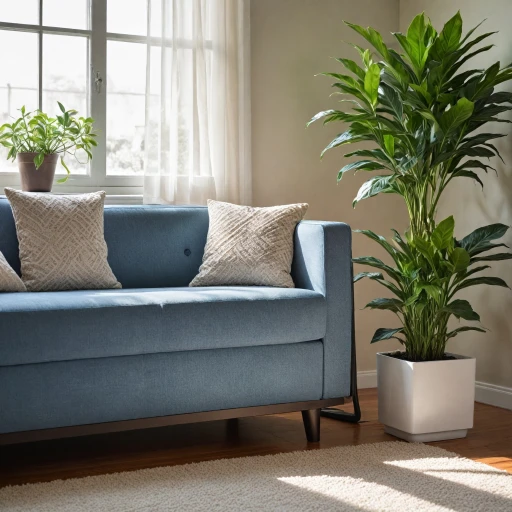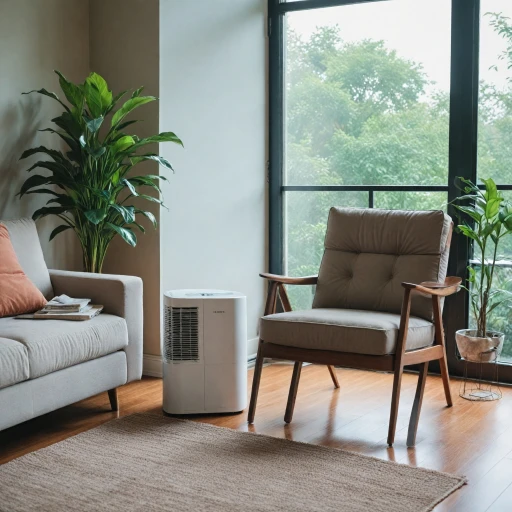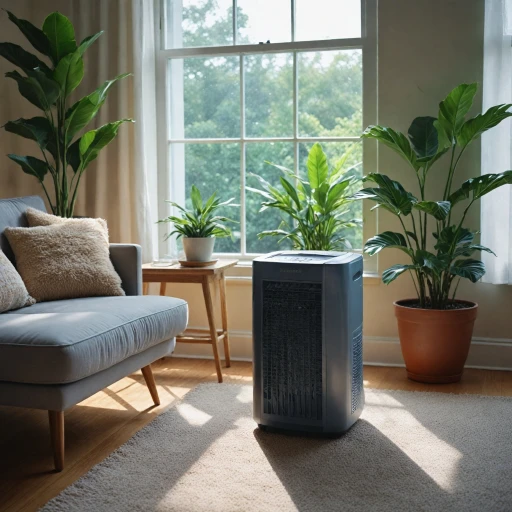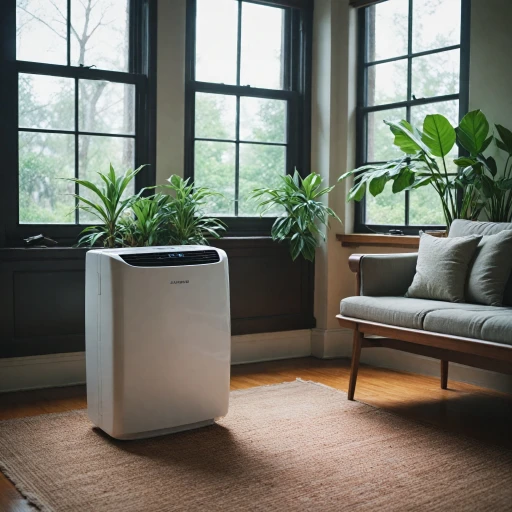
What is a Ductless Mini Split System?
Exploring the Essentials of a Ductless Mini Split System
A ductless mini split system offers a unique approach to heating and cooling spaces, particularly where traditional ductwork might not be viable or desired. Unlike conventional HVAC systems, this innovative product is designed without ducts, comprising two primary components: an outdoor unit and one or more indoor units.
The outdoor unit usually hosts the compressor and condenser. Its primary function is to disperse or extract heat, depending on the desired indoor climate. The indoor units, often referred to as air handlers, can be wall mounted or otherwise positioned in the specific zones requiring temperature control. Reference source for further details: understanding the benefits of a ductless mini split.
Ductless systems boast superior zones flexibility. A single zone configuration is ideal for individual room regulation, whereas a multi-zone setup can cater to entire homes or buildings. This zoning capability significantly enhances energy efficiency, as it allows selective heating or cooling of occupied spaces.
Furthermore, modern ductless mini splits are often equipped with an inverter technology, such as split inverter or inverter heat pump systems. These models adjust the compressor speed dynamically, offering better control over the BTU output. This not only promotes energy savings but also provides a more consistent indoor temperature.
Ductless mini splits often achieve high SEER ratings, signifying exceptional energy performance compared to traditional systems. Many units also carry the Energy Star certification, indicating compliance with rigorous efficiency standards.
The reputation of ductless systems continues to grow, not only for their operational efficiency but also for the straightforward installation process. Some series, like the Mrcool DIY, even offer options that are easier to set up without extensive professional assistance, making them a popular choice among homeowners seeking flexibility and cost savings.
For those considering long-term value and comfort, these systems often come with enticing sales options, including free shipping offers. Whether opting for a split, heat pump, or cassette mini model, ductless mini splits remain a compelling alternative to portable units and traditional HVAC systems, due to their efficiency and adaptability.
Comparing Ductless Mini Splits and Portable Air Conditioners
Key Differences Between Ductless Mini Splits and Portable Air Conditioners
When deciding between a ductless mini split system and a portable air conditioner, it's essential to understand their fundamental differences. Both systems offer unique benefits, but they cater to different needs and environments.
Cooling and Heating Capabilities
Ductless mini splits are versatile, providing both cooling and heating through a heat pump system. This makes them ideal for year-round comfort. The system consists of an outdoor unit and one or more indoor units, allowing for efficient temperature control across multiple zones. In contrast, portable air conditioners are primarily designed for cooling. While some models offer heating functions, they are generally less efficient compared to mini splits.
Installation and Flexibility
Installation is a significant factor to consider. Ductless mini splits require professional installation, involving mounting the indoor unit on a wall and connecting it to the outdoor unit. This process can be more complex and costly upfront. However, once installed, they offer a permanent solution with high energy efficiency, often boasting a high SEER (Seasonal Energy Efficiency Ratio) rating.
Portable air conditioners, on the other hand, are easy to set up. They require no permanent installation, making them a flexible option for renters or those who frequently move. Simply place the unit in the desired room, connect the exhaust hose to a window, and you're set. This convenience comes at the cost of lower efficiency and higher energy consumption.
Energy Efficiency and Cost
Energy efficiency is a crucial consideration for any cooling system. Ductless mini splits are known for their high efficiency, often carrying the Energy Star label. They allow for precise temperature control in each zone, reducing energy waste. Portable air conditioners, while convenient, typically consume more energy due to their design and are less efficient in larger spaces.
Space and Aesthetics
Space and aesthetics also play a role in the decision-making process. Ductless mini splits are wall-mounted, offering a sleek and unobtrusive appearance. They save floor space and blend seamlessly with interior decor. Portable air conditioners, however, occupy floor space and can be bulky, which might not suit everyone's aesthetic preferences.
For more insights on how these systems compare, you might find this guide on roof-mounted AC units helpful.
Energy Efficiency and Cost Savings
Energy Efficiency and Financial Advantages
One of the main appeals of ductless mini split systems is their impressive energy efficiency, which translates to significant cost savings in the long term. Unlike traditional heating and cooling systems, ductless mini splits offer precise control over the temperature in specific zones, preventing energy wastage and ensuring that only occupied areas are conditioned. This targeted approach can considerably reduce energy consumption compared to a central air conditioning system. Moreover, ductless mini splits, often equipped with inverter technology, can adjust the speed of the compressor to match the heating or cooling demand. This results in less energy being used compared to conventional units that constantly cycle on and off, providing a more stable environment and reducing wear and tear on the system. Additionally, their SEER (Seasonal Energy Efficiency Ratio) ratings are typically much higher than those found in standard portable air conditioners. The high SEER ratings are an indicator of superior energy efficiency, which can lower utility bills and benefit environmentally-conscious homeowners. Investing in ductless mini splits can also offer long-term savings through various funding options and potential rebates. Many models are ENERGY STAR certified, indicating they meet strict guidelines for efficiency and thus may qualify for financial incentives. In terms of installation, although initial costs can be higher, they are often offset by choosing the right compact portable air conditioner that eliminates the need for ductwork, which can be expensive and time-consuming. This simplicity in design leads to a reduction in labor costs and offers flexibility during the installation phase. By selecting an appropriate single zone or multi zone system, homeowners can optimize their investment according to their unique comfort needs. Overall, through efficient use of energy, lower operational costs, and potential financial rebates, ductless mini splits represent a compelling choice for those looking to manage energy expenditures while maintaining comfort across different zones within their home.Installation and Maintenance
Effortless Installation and Essential Maintenance
The installation process of a ductless mini split system stands out with its simplicity and minimal impact compared to traditional air conditioning systems. A key advantage is the elimination of extensive ductwork, providing flexibility in placement and reducing overall setup time. The wall-mounted indoor unit and the outdoor unit are connected by a small conduit, requiring only a three-inch hole through a wall, which significantly minimizes structural concerns. Ductless mini splits are particularly appealing due to their straightforward installation, which can often be done without professional assistance if opting for certain do-it-yourself (DIY) options, such as the Mrcool DIY series. However, for larger, more intricate setups, it is advisable to seek professional installation services to ensure optimal performance and longevity of the unit. Once installed, maintaining a ductless mini split system is relatively hassle-free. The indoor unit's filters should be cleaned regularly to ensure efficient airflow, and it is recommended to schedule annual professional maintenance to assess components like the inverter heat pump, ensuring they are in good working order. Cleaning the outdoor unit is also crucial to prevent debris buildup that can impede performance. For those considering a switch from conventional systems, the ease of installation and simplified maintenance of ductless mini splits offer a compelling reason to make the transition. The robust performance and energy efficiency of these units are further enhanced by their manageable upkeep, reducing both operational costs and effort in the long run.Ideal Situations for Ductless Mini Splits
Perfect for Various Space Requirements
Ductless mini split systems shine in scenarios where diverse space cooling and heating needs arise. Whether your requirements cover a single room or multiple zones, these systems offer flexibility. They allow for tailored temperature settings in each zone, making them particularly useful for properties with varying occupancy or usage patterns. With their wall-mounted indoor units, mini splits fit seamlessly into modern designs.
Application in Energy-Conscious Buildings
For those prioritizing energy savings and aiming for an environmentally-friendly approach, ductless systems stand out. Rated with high SEER and Energy Star certifications, these products ensure reduced energy consumption. This efficiency results in lower operational costs, a key advantage when considering the investment in such systems.
Limited Structural Modifications
Traditional HVAC systems often require invasive ductwork installation; however, ductless mini splits eliminate this necessity. This makes them an ideal choice for historic buildings or areas where maintaining the existing structure is crucial. The ease of integrating these systems into existing rooms without excessive adjustments is a significant selling point.
Adaptability to Climate Variations
With integrated heat pump systems, mini splits aren't confined to just cooling. They provide year-round comfort by offering both heating and cooling capabilities. This adaptability is especially advantageous in regions with distinct seasonal changes, ensuring a comfortable indoor climate all year round.
Utilizing Outdoor Space
Mini splits necessitate outdoor units that can be strategically positioned. Whether mounted discreetly on an outside wall or nestled within a terrace setup, these units cater to aesthetics and use minimal space. Such strategic placements ensure the efficiency of the climate control system without compromising property aesthetics.
